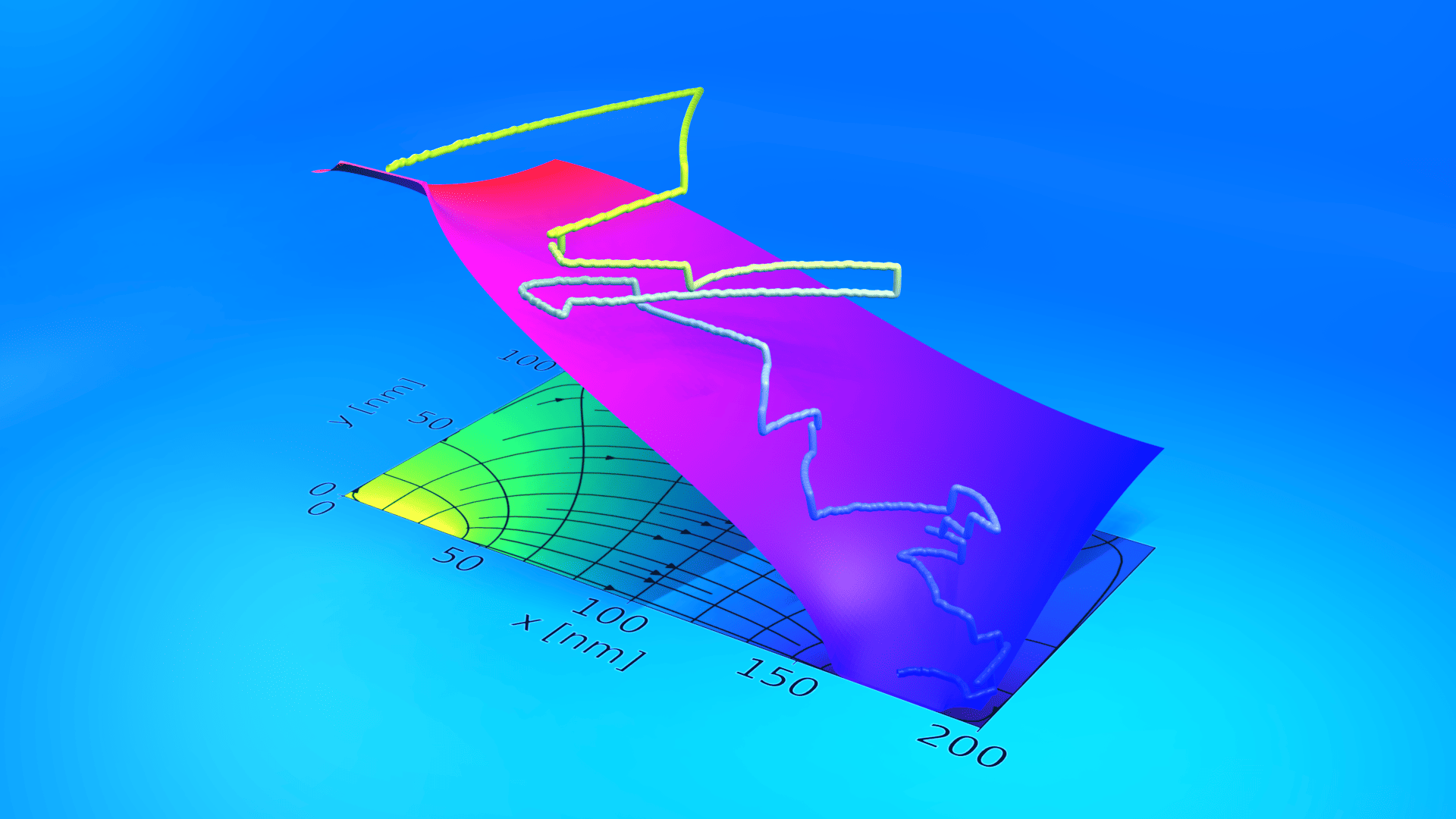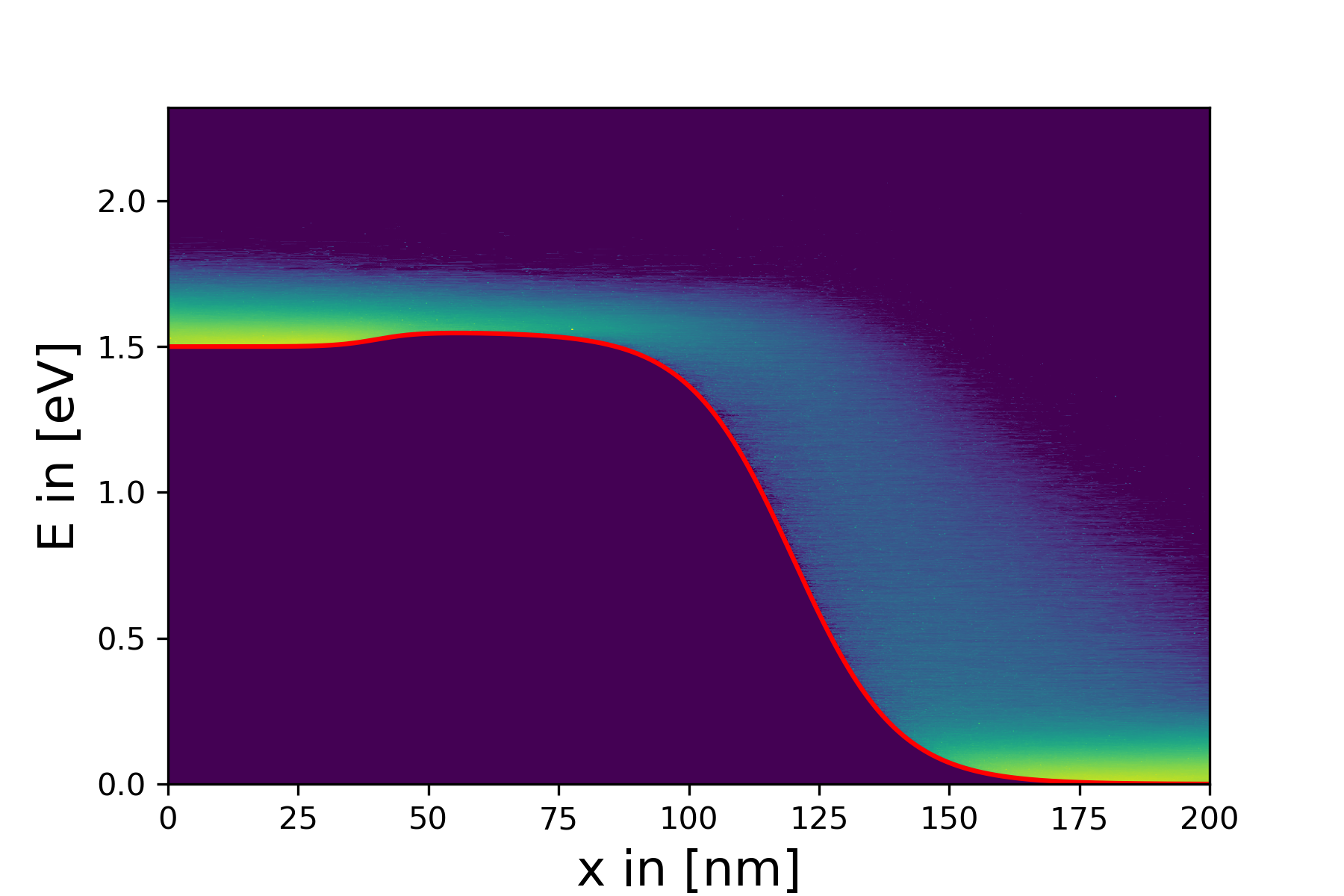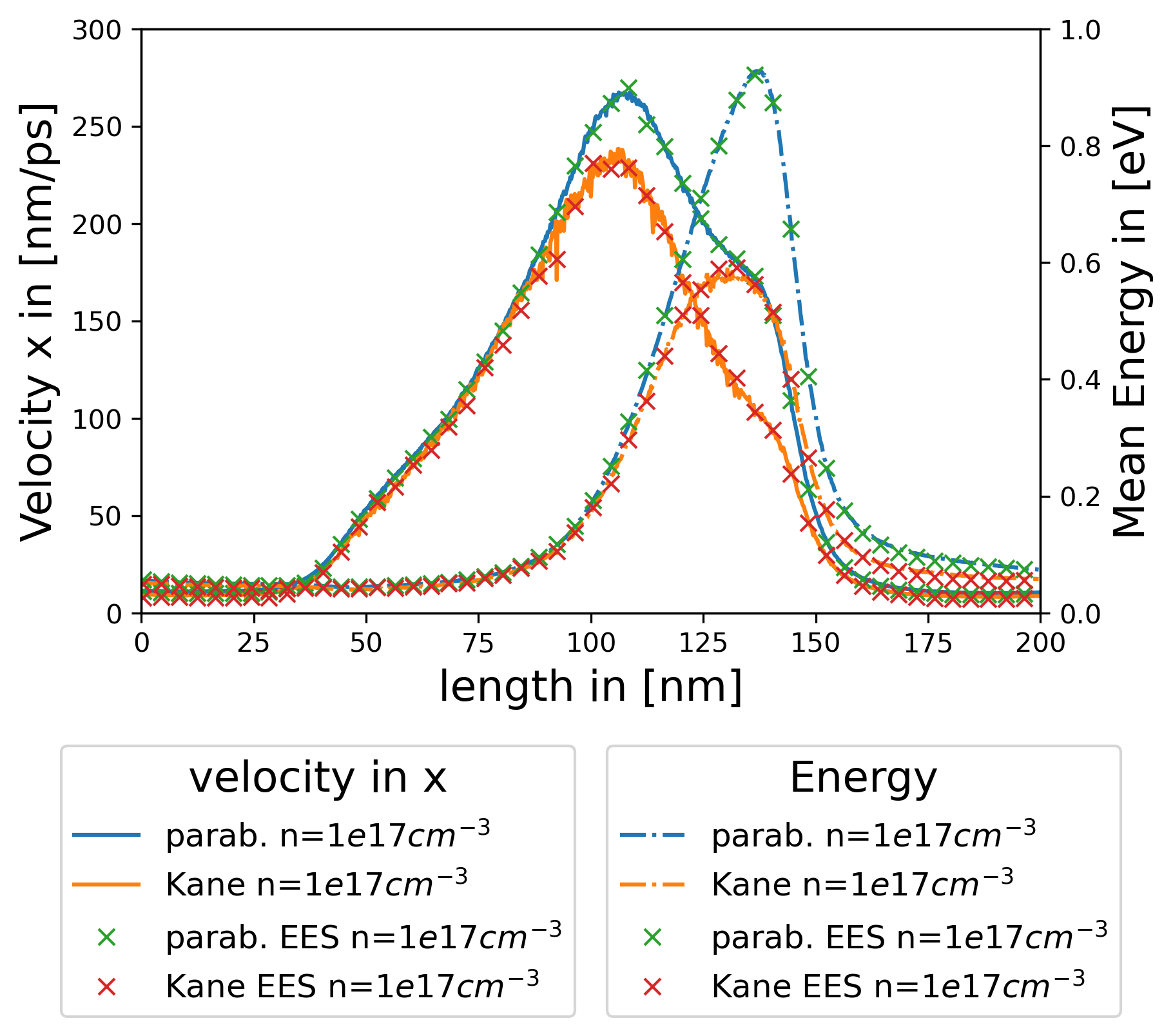 |
|
||||
BiographyJosef Gull was born in Vienna in 1996. In 2022, he completed the Master's Programme Microelectronics and Photonics at TU Wien. He is currently working towards his doctoral degree as a project assistant on the development of Monte Carlo methods for the solution many-body kinetic equations. |
|||||
Improvements of Monte Carlo Algorithms for Electron-Electron Scattering
Most Monte Carlo (MC) tools for analyzing microelectronic devices rely on repeated random path calculations of individual electrons through the device. It is then assumed that the average values of the individual carriers represent the average values of the entire carrier ensemble. This assumption neglects the fact that individual carriers repel each other through Coulomb forces. We developed an algorithm that simulates two electrons simultaneously and treats their interactions based on quantum mechanics. Our goal is to improve the accuracy of our simulations in high-energy domains and expand the complexity of our k-space model from a parabolic to a non-parabolic Kane dispersion relation. In Addition, we have implemented a two-dimensional (2D) version of the existing Code. Figure 1 shows a random electron path in a rectangular silicon slab connected by two terminals. The base plane shows the potential and the electric field as the solution of Poisson's equation.
Due to a disadvantageous scaling law of the statistical error of the Monte Carlo method, an increase in accuracy comes at the cost of quadratically increased computation time. We thus need statistical enhancement algorithms to alter the sample distribution to favor high-energy samples without affecting mean values. For single-particle simulations, the concept of particle splitting exists. When a given energy threshold is exceeded, it splits the electron trajectory into multiple light trajectories. The light trajectories are terminated as soon as they fall below this threshold. Unfortunately, this method is not directly applicable to the two-particle algorithm required for electron-electron scattering (EES) simulations. Instead, we discovered that repeating time frames of rare simulation events do not alter average results. This technique is suitable for the two-particle algorithm, and we are working on a high-performance implementation.
To obtain more realistic simulation results, more precise descriptions of the band structure are needed. Nevertheless, it is important to maintain an analytical description that enables efficient treatment of free flight and scattering events. A good compromise is the non-parabolic dispersion relation by Kane, which is much closer to the real dispersion relation, especially at higher energies. Some approximations have to be made to treat electron-electron scattering in the Kane dispersion relation. We keep the scattering rate for parabolic bands but modify the selection of the final state so that momentum and energy within the Kane dispersion relation are exactly conserved. In Figure 2, the normalized energy distribution (EDF) for a MOSFET-like potential can be seen. In the Kane dispersion, the EDF tends to relax much faster towards equilibrium. In Figure 3, a comparison of the mean energy and velocity across the device shows that the maxima in energy and velocity are smaller for the Kane dispersion.

Fig. 1: Random electron path between two contacts in a rectangular domain at an applied voltage of 1V. The potential energy profile is also shown.

Fig. 2: Energy distribution function, with Kane Dispersion, with electron-electron scattering (EES).

Fig. 3: mean energy and velocity across the device.


